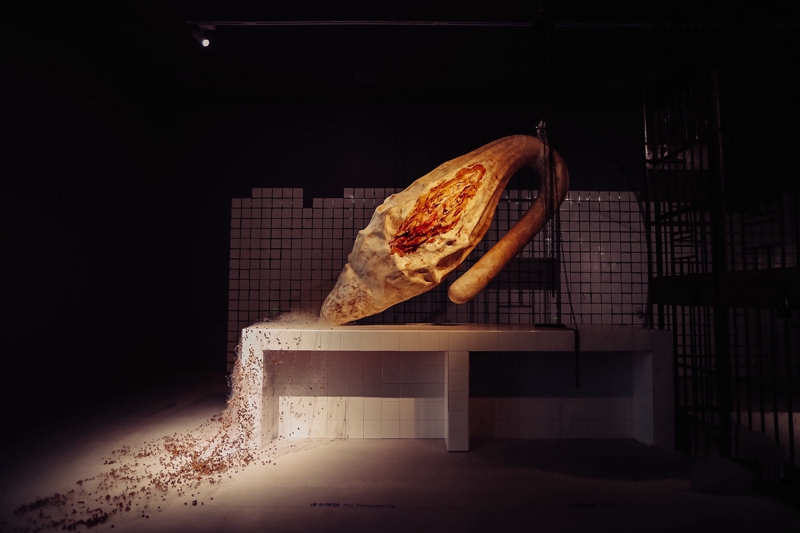
Installation View of All Things Turn to be Allegory to Me, 2020
Materials: Rice paper, Tea leaves, Gauze, Resin, Wood, Iron, Bamboo, Tiles.
Size: Sculpture: 280x100cm; iron door:180x70cm, 6 pieces.
3 editions
Jiang Jie has been making adjustments to her work right up till the last night before the opening of the exhibition. She took away red-colored bamboo poles till the last one was left standing. The last red pole is limited by the height of the ceiling, so it bends over two iron prison cell doors and points to the cold working table clothed by the white tiles and casts a shadow on the tiled wall. A big sculpture object is hung over the working table. It is indescribable—it is like a bottle gourd but there is a deep cut on one side of it. It looks like a self-healing body with a breath. It could be seen either as a plant, a creature, or a human organ, such as a breast, a womb, etc. Blood vessels hide under the skin. It seems that the body is swelling and then shriveled and tired. There is no proper word to describe it. The body and the working table are surrounded by white floc threads and dotted by plant seeds.

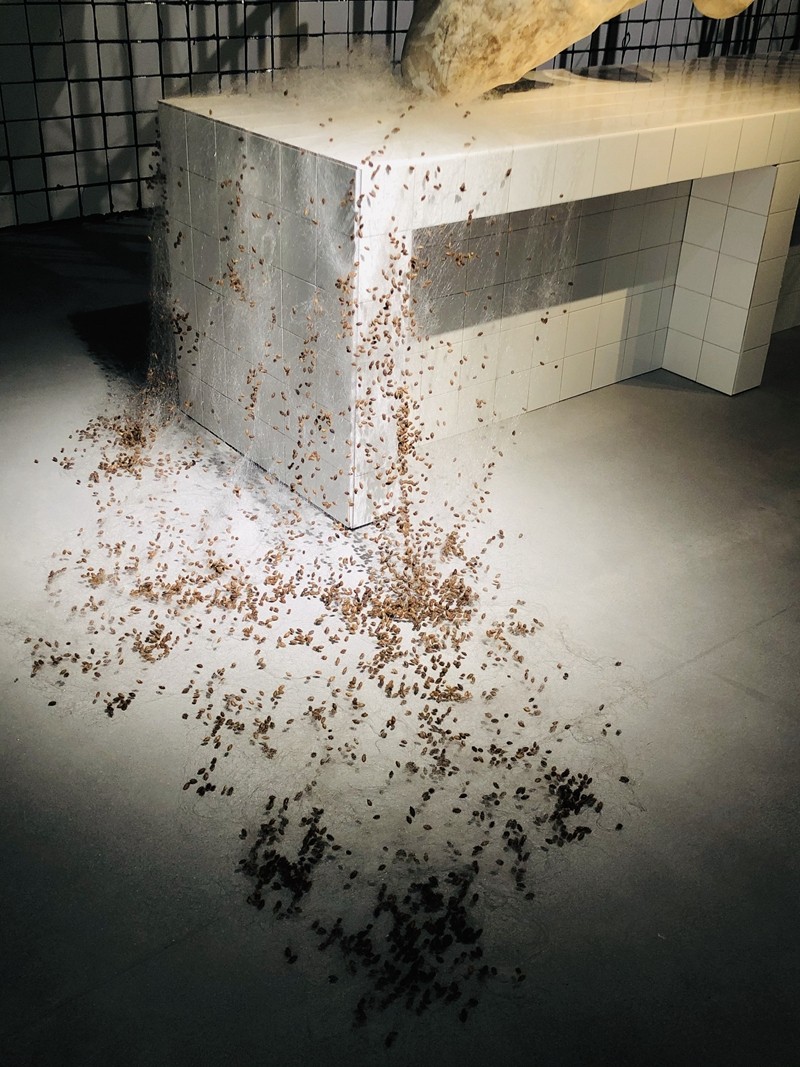
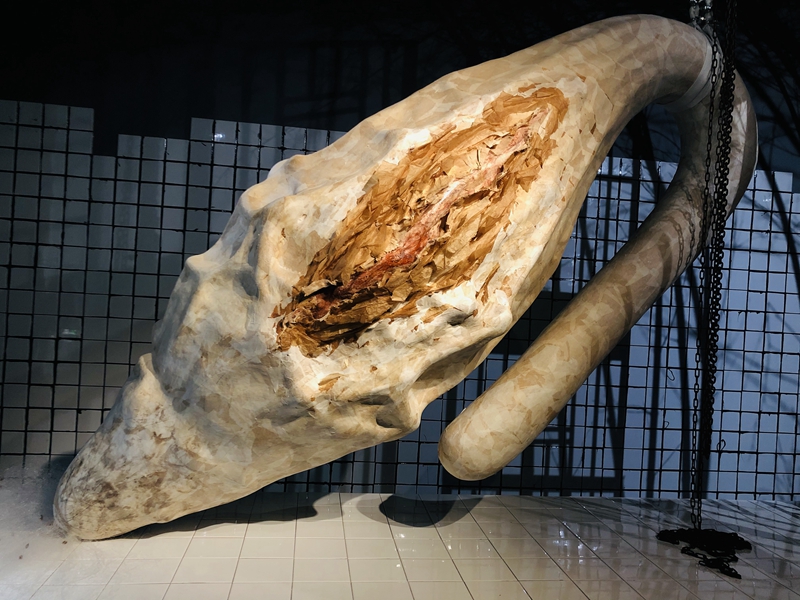
Things created by artist Jiang Jie always dissolve our cognitive processes and mental state. The rational loses its words in the face of Jiang Jie’s work. People may get lost when try to label her with concepts of desire, body and feminism. But still, people may feel the dramatic conflicts and the tragic atmosphere out there. She has been concerned with the subtleness and fragility of lives, meanwhile nothing is fixed and determined for her. She meets her work right there and the work reminds people of some dim and ineffable memories.


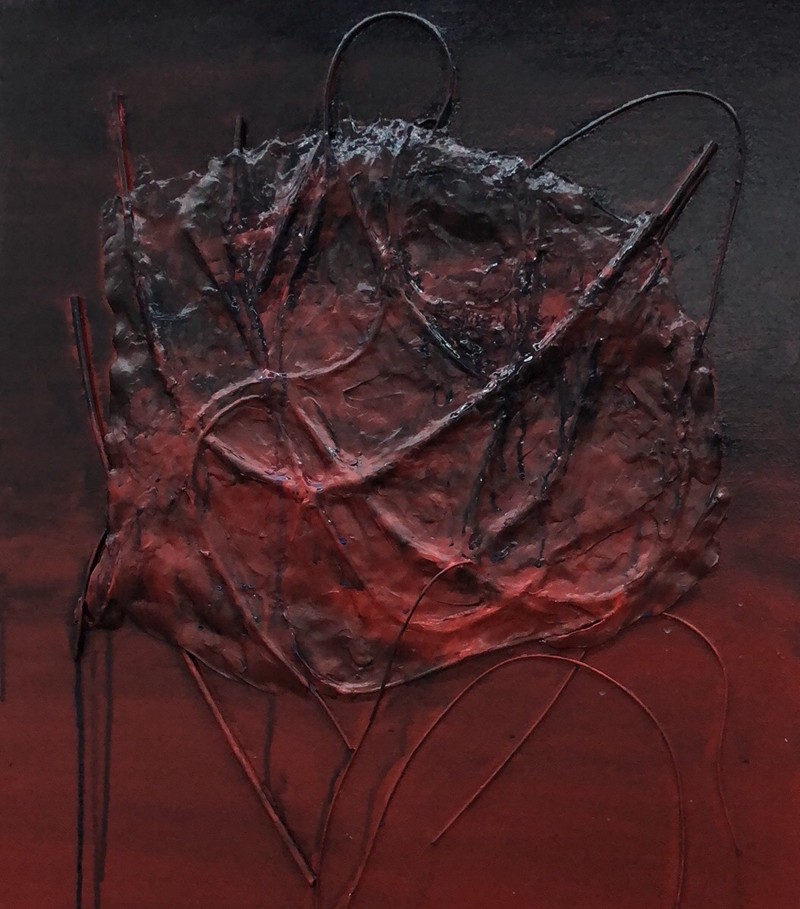

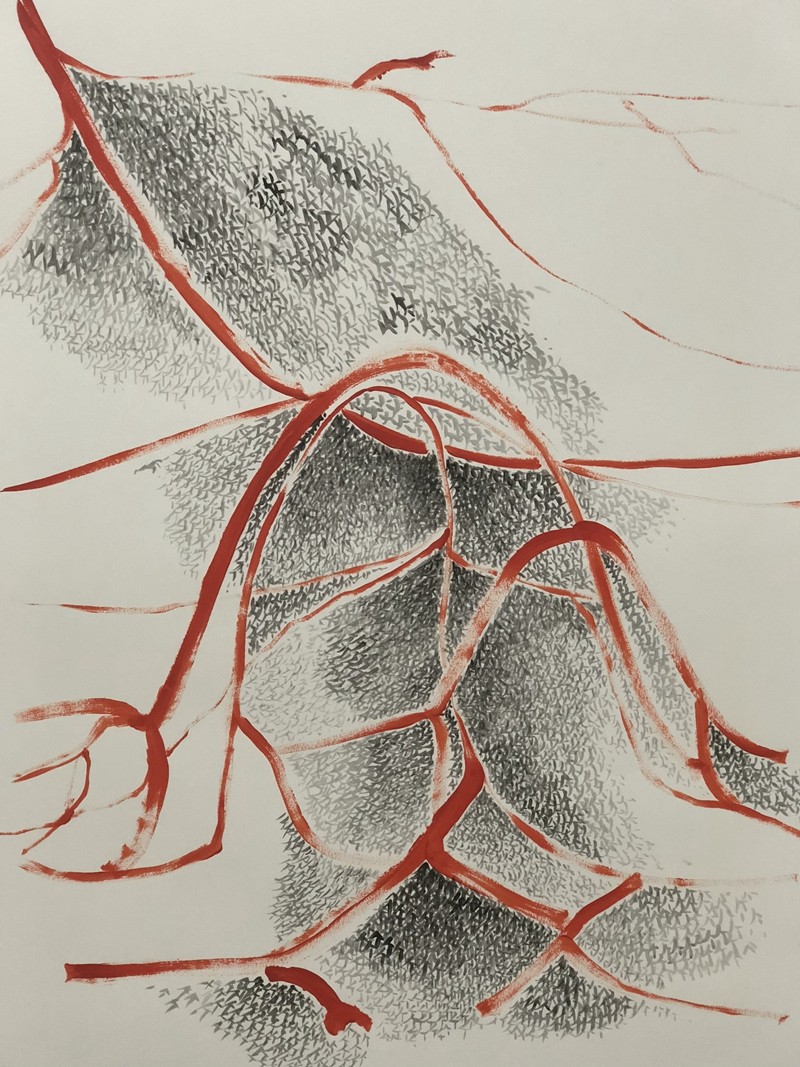
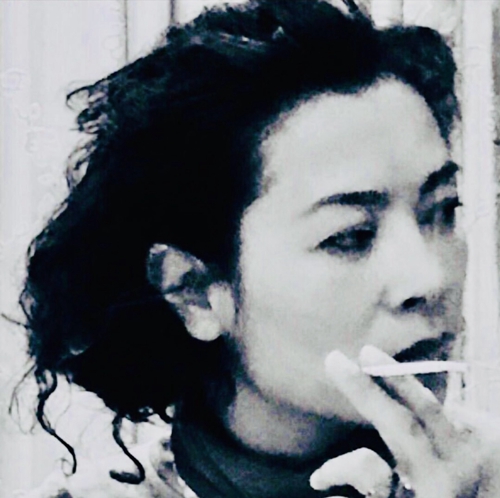
Jiang Jie has graduated from the Sculpture Department of CAFA and she currently works as a professor for the Sculpture Department, CAFA. Jiang Jie is an artist who has been active on the frontier of Chinese contemporary art, and her art uses an in-depth humanistic concern to explore people, things and objects in a state at the edge seen from a keen female perspective. Her work is usually microscopic and psychogenic, although those tremendous works of sculpture and installation are derived from her highly sensitive and subtle observation of the vulnerability and decay of life, we can always understand the irreconcilable contradictions between classical aesthetics and contemporary concepts from her work, and it is this contradiction that endows her work with a profound paradox and poetic charm. Embryo, children, women, medical treatment and education are often involved in her creative theme but she always avoids using the concept of feminism to interpret these topics and tries to place them in the vision of anthropology for observation, in her view, the issue of gender is not only related to people’s individual life status, institutional environment and political status where we live, it is also closely linked to various myths, knowledge and social landscapes in our culture, such fields of view often make her art go beyond the category of “female art” to become the thoughts of people’s co-existence problem.
Her solo exhibitions include >1.5t (2015 & 2014) respectively presented at Sishang Art Museum in Beijing and OCAT Shanghai, March Forward March Forward (2012) presented by Pin Gallery in Beijing, Pink Utopia (2010) respectively presented by Fantasia Art and Beyond Art Space in Beijing and Shenzhen, Jiang Jie Solo Exhibition at Toronto Sculpture Garden, Toronto, Canada in 2003 and at Base Gallery, Tokyo, Japan in 1998 and Critical Point at Gallery of Central Academy of Fine Arts, Beijing, China.
She won the “2009 Martell Extraordinary Artists’ Awards” in June 2009, and the “2009 COSMOPOLITAN magazine Annual Fashionable Female Award” in December 2009. Her work is collected by Fukouku Art Museum, Japan, The Women’s Museum in Denmark, National Museum of Singapore, Guangdong Museum of Art, Beijing Oriental Plaza, etc. as well as a lot of works which are in the private collections from the United States, France, Germany and other places.
Image and Text Courtesy of the Artist.
Edited by Sue and Emily




























